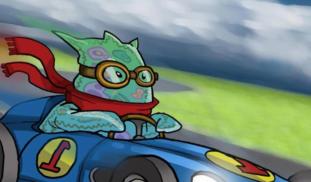Please wait...
About This Project
On May 16, Dicty and HL60 cells will race for the "fastest &
smartest" title. Both cell types are models for studying human neutrophils, the white blood cells protecting us from infections. Neutrophils are often perturbed during disease and today we have no drugs to correct their migration when that happens. We recruited 20 of the top science labs around the world to fine-tune the cells for the Race, but only one will win the Great Prize of $5,000.
smartest" title. Both cell types are models for studying human neutrophils, the white blood cells protecting us from infections. Neutrophils are often perturbed during disease and today we have no drugs to correct their migration when that happens. We recruited 20 of the top science labs around the world to fine-tune the cells for the Race, but only one will win the Great Prize of $5,000.
More Lab Notes From This Project

Browse Other Projects on Experiment
Related Projects
How does the human voice work?
Our voice carries our health condition long before symptoms appear. I will build a soft-robotic larynx that...
Can Tampons Deliver Pain Relief?
Menstrual cramps significantly disrupt daily life for millions of women. To address this, I'm developing...
How Can Phones and Drones Help Stop a Cancer Causing Parasite?
Urogenital schistosomiasis affects over 200 million people globally, causing cancer, infertility, and chronic...


